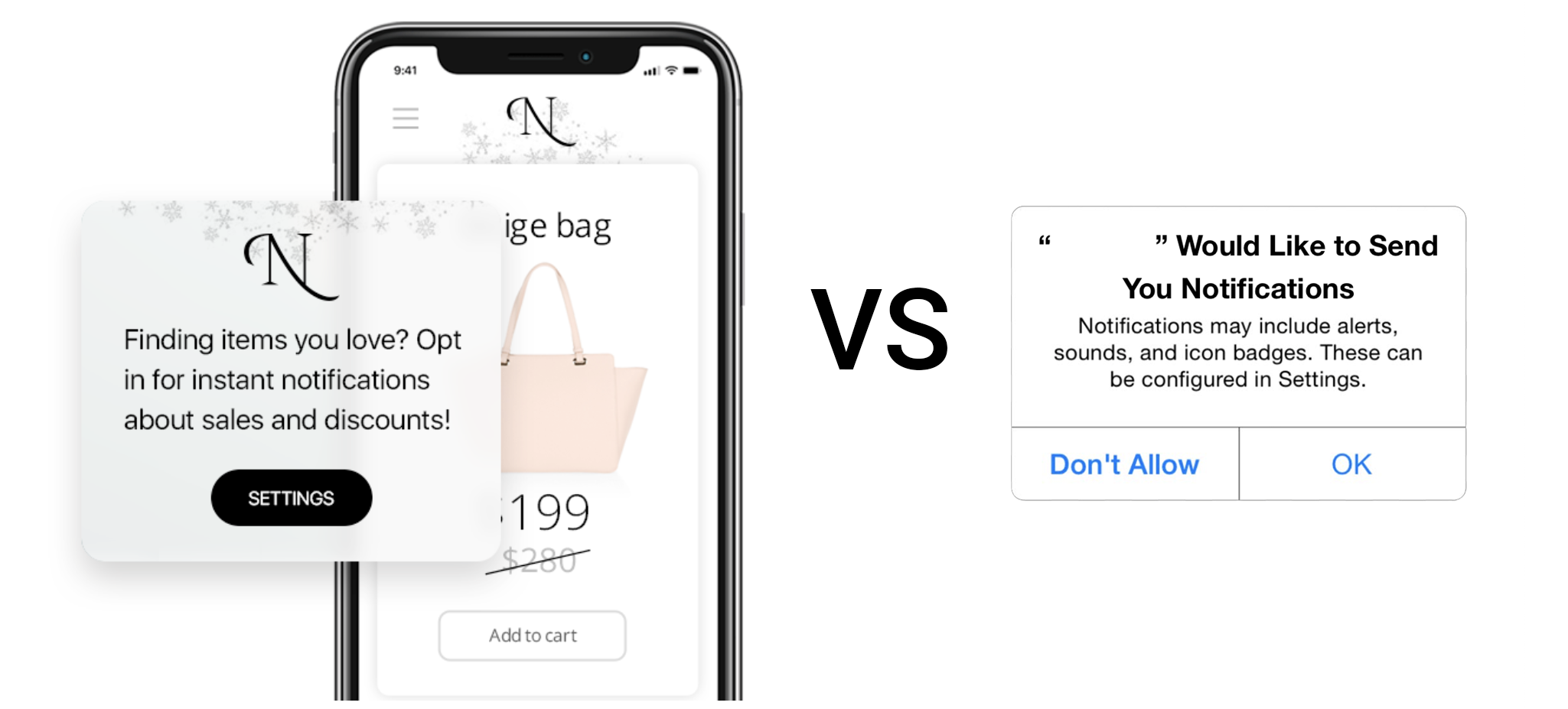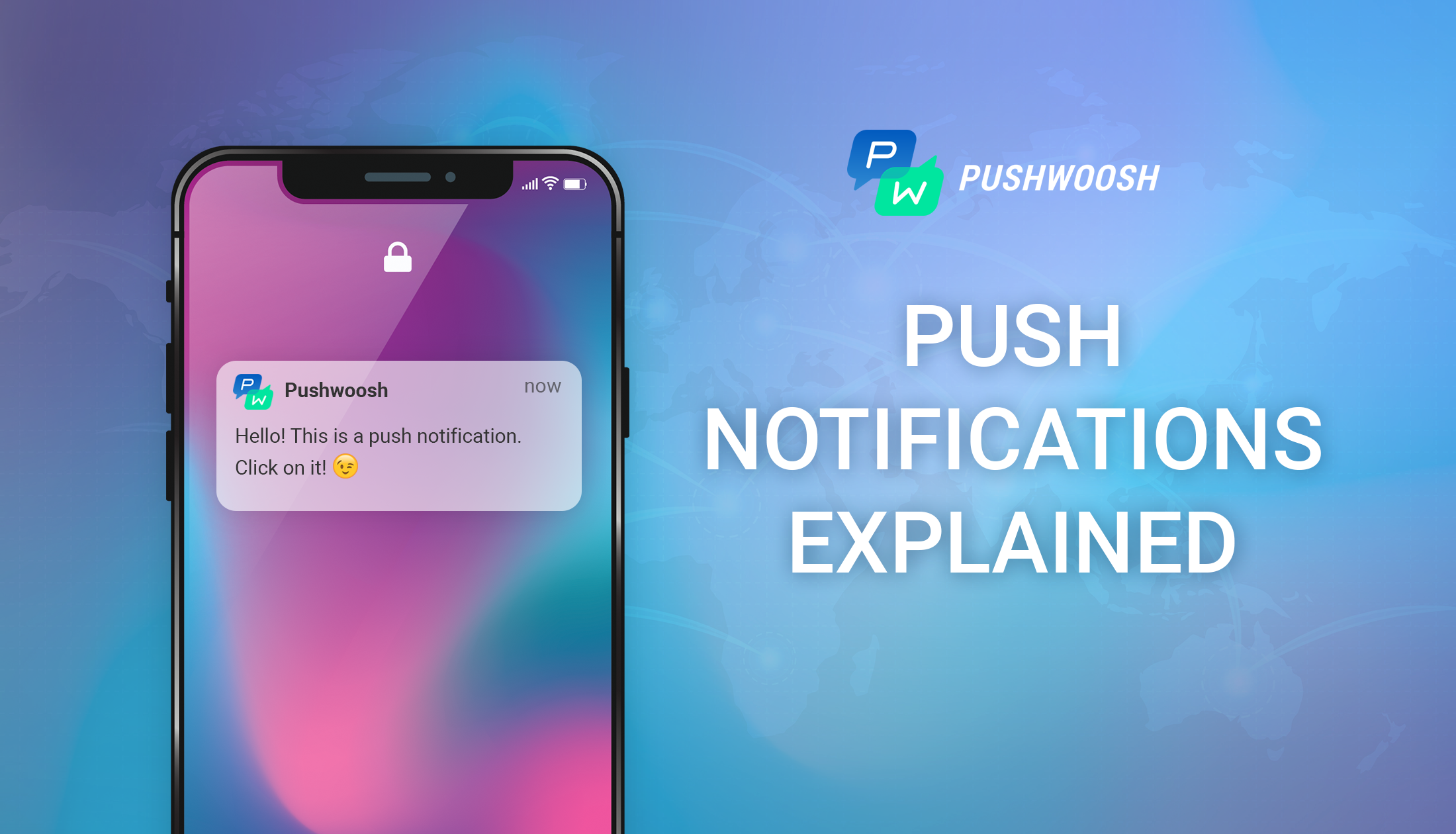What are push notifications?
Push notifications are small messages that pop up on a user's device. App publishers and website owners can send them at any time, and users don’t have to be in the app / on the website to receive them. A smartphone user can see notifications even when their phone is locked. Being highly engaging and personalized, push notifications are one of the most popular customer communication channels among marketers.
Why use push notifications?
Push notifications add extra value to your app/website. With the help of these messages, you can make the life of your users more convenient by delivering highly relevant and personalized content at the most appropriate moments.
When it comes to the benefits for your business, you can use this communication channel to increase customer engagement, retention, conversions, and your app's revenue. Communication via push notifications has proven to be one of the most effective ways to retain users and boost their LTV.
By triggering push notification delivery based on user actions within the app, your communications become highly relevant and personalized. You can onboard your customers effortlessly, engage them at every stage of their lifecycle, while also promoting special offers and ultimately converting users into loyal purchasers.
How push notifications work
- The app registers with an operating system for push notifications;
- The device gets the push token from the OS notifications service;
- The app is given a token;
- The app sends the push token to its server/provider;
- When the provider needs to send a notification to the device, it sends the payload to the OS notifications service with the token it received beforehand.
What is a push token (device token)?
A push token (or a device token) is a unique key for the app-device combination which is issued by the Apple or Google push notification gateways. It allows gateways and push notification providers to route messages and ensure the notification is delivered only to the unique app-device combination for which it is intended.
Opting in for push notifications
While Android and Fire OS do not require a user to grant permission for an app to send them push notifications, iOS apps do. Convincing users to opt in is important for the success of your communications.
Users subscribe to your messages when they understand their value. It means that the first thing you need to do is explain what kind of push notifications you’re going to send and how valuable they are. You can talk about that in your opt-in message.

Customized in-app messages allow you to deliver the most relevant opt-in requests telling users about the value of your push messages at the most appropriate moments
Check out these tips on getting more push notifications subscribers.
Empower your communication strategy with push notifications
Push notifications offer a highly effective communication channel for both marketing and transactional purposes. Marketers leverage push notifications to drive customer engagement and app revenue.
With Pushwoosh as a reliable push notification service provider and customer engagement platform, you can deliver push notifications based on triggered events, tailor push notifications for specific user segments, and even automate your messaging based on user location.
Ready to elevate your app's engagement strategy to new heights? Contact Pushwoosh Team to explore the full potential of push notifications:

